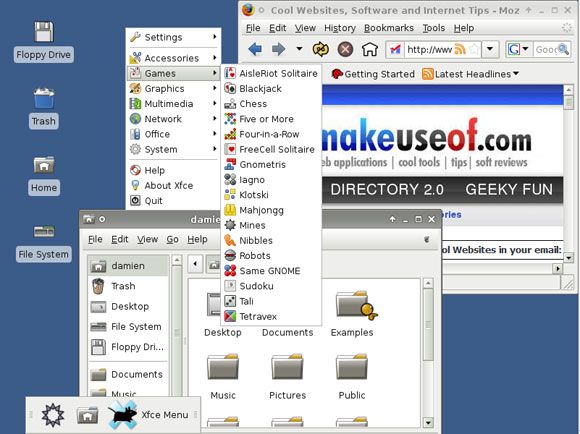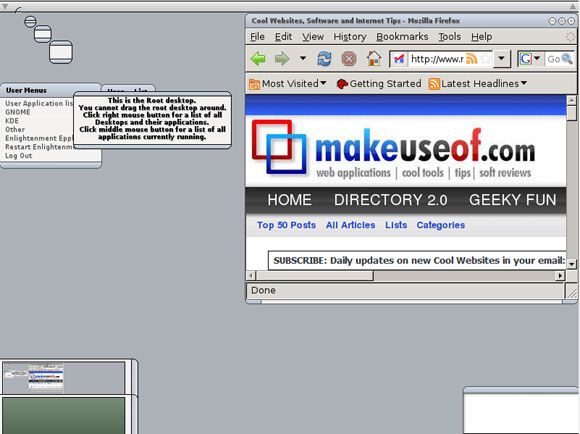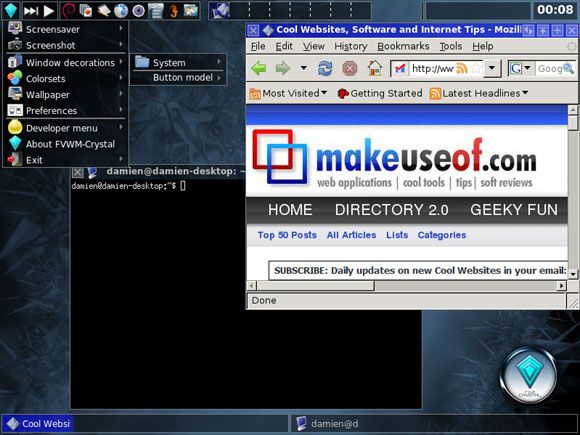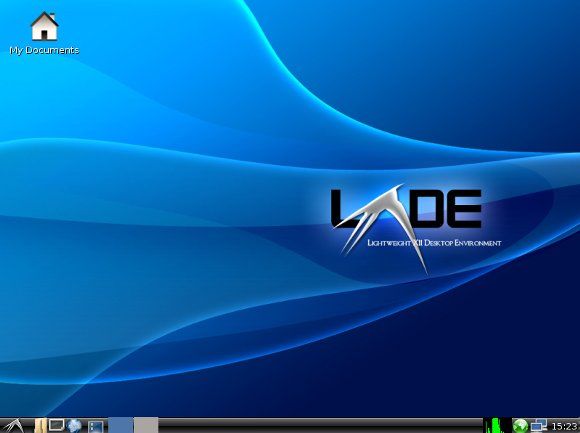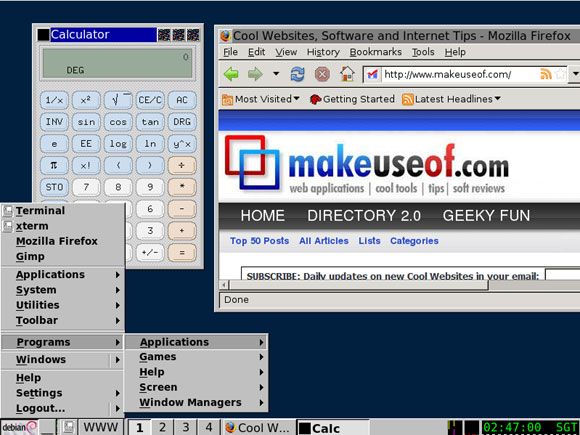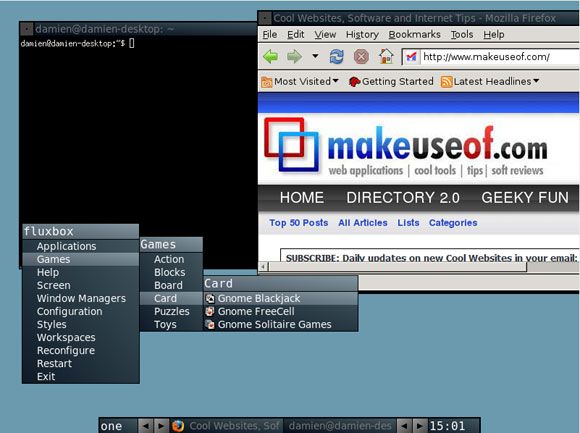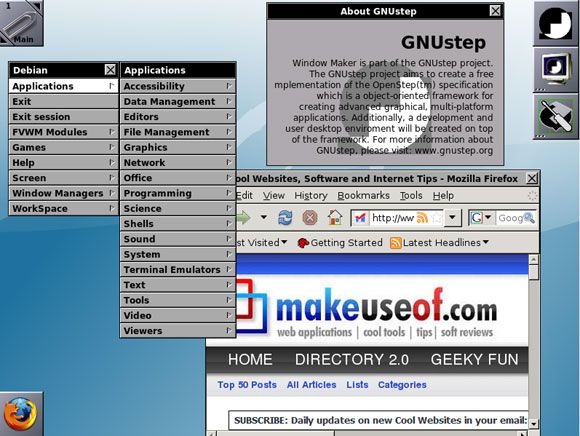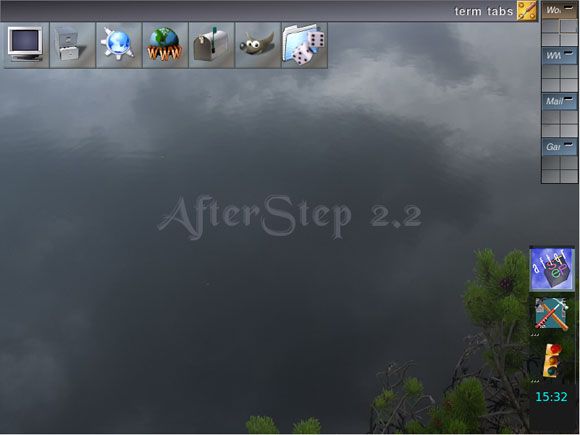Most of the Linux users should be familiar with Gnome and KDE since both of them are the most commonly used desktop managers in the various Linux distros. Now, if you are using an old PC with low hardware specs, you might find that the above two desktop environments are too heavy for your computer to handle.
In this case, you will have to consider using an alternative lightweight desktop manager for your Linux. Here are 8 of the best lightweight desktop managers that I personally use and recommend.
1. XFCE
Xfce is a lightweight desktop environment for unix-like operating systems. It aims to be fast and lightweight, while still being visually appealing and easy to use. It is based on the GTK2+ toolkit which is the same as Gnome, so if you have always been a Gnome user, you will find some of the design and icons very familiar in Xfce.
A good thing about Xfce is that it is as fully customizable as both Gnome and KDE. The full Xfce package is split up into several projects , each for different parts of the desktop. You can either install the full package to make use of its full functionality, or only install the components you need to reduce the burden placed on the hardware. In addition, you can easily customize every single part of the Xfce package to create the best looking desktop for your daily use.
2. Enlightenment
Enlightenment is the lightweight desktop manager that I like the most. It is revolutionary, visually appealing and extremely easy to use. While most lightweight managers strip out all the graphical effects to reduce the hardware requirement, Enlightenment does the opposite. You will be amazed how it can make everything run so smoothly and gracefully, even if it is running on a low-end PC.
When you first log in, you will be surprised to find that there are no menubar, panel or icons in Enlightenment. All you have is a blank canvas and a pager at the bottom of the screen. To access your menu, you simply click anywhere on the canvas. Shift your mouse around or scroll your mouse wheel and you will see the visual effect of the window minimizing to the pager. It may be difficult to get used to the interface at first, but once you are used to it, you won't want to use any other desktop manager anymore.
3. FVWM-Crystal
If you like eye-candy, then I am sure you will like FVWM-Crystal too. FVWM-Crystal is based on the FVWM window manager. It retains the flexible and highly configurable traits of FVWM and has added plenty of improvement to the interface. What results is a cool interface with semi-transparent windows and lots of eye-candy.
Among all the lightweight desktop managers, FVWM-Crystal have the fastest speed, be it in booting up or loading applications. It also integrates well with XMMS, XMMS2, MPD, Quod Libet and cdcd. If you are looking for a fast, pretty desktop manager that can link to your music server easily, then FVWM-Crystal is clearly the choice.
4. LXDE
Being someone who has experience in Gnome and KDE, I have found LXDE extremely easy to use. The reason being, LXDE is simply a lightweight version of Gnome and KDE combined together. You have a KDE look-alike bottom panel and Gnome-style interface, so there really nothing new that you need to learn here. If you have a low-end PC and do not want to deviate too much away from Gnome or KDE, then LXDE would be a good alternative.
5. IceWM [No Longer Available]
IceWM is simple and highly configurable. All the settings are stored as plain text files in the user's home directory, making it easy to customize and configure the settings.
In case you are concerned about the Windows 95 lookalike interface, IceWm is also fully themeable. You can apply your favorite theme and make it look like Windows Vista, Mac OS X or whatever design you want.
6. Fluxbox
Fluxbox is considered a minimalist desktop manager as it has minimal graphical support with only a taskbar in the whole desktop. You don't see any menubar around, but you can easily access the menu by right-clicking your mouse. The interface is fully themeable and most of the settings are controlled by text files which can be edited easily.
7. Window Maker [No Longer Available]
Window Maker is one of the few desktop managers that offers a graphical tool to configure the system setting. Wprefs (the graphical tool) is easy to use. It eliminates the use of plain text files and ensures that any users, be it a newbie or a seasoned Linux user, can configure and customize the settings easily.
Like Fluxbox, Window Maker is also a minimalist desktop manager. There are only four icons on the whole desktop. One of them is to access the terminal while the other is to open the Wprefs. To access the main menu, you just have to right-click your mouse and the menu will appear.
8. AfterStep
Originally based on the look and feel of the NeXTStep interface, AfterStep provides its users with a consistent, clean, and elegant desktop that can run on any low end PC. As the same as other lightweight desktop managers, it is fast, stable, easy to use and easy to configure.
The above mentioned lightweight desktop managers are the ones I use and recommend. There are plenty of other desktop managers out there. Which one do you use? If your favorite is not in the above list, which one do you recommend?


